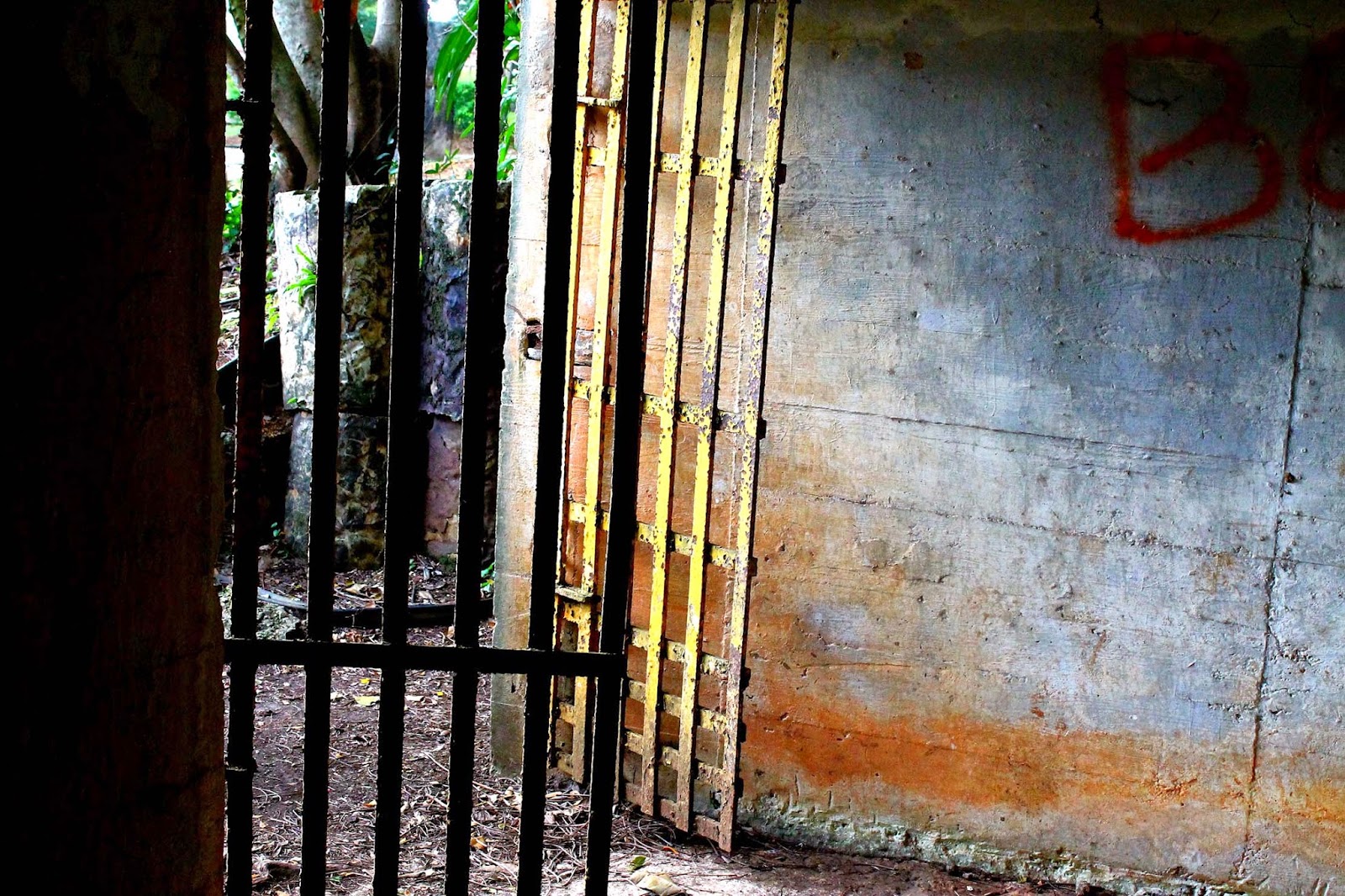Fino' Taya'

Sen tinanae' yu' gi este na simana put i Inachaigen Fino' CHamoru. Esta singko anos manayuyuda yu' gi este na dinana', komo hues yan organizer. Noskuantos anos tatte mannge' yu' column gi Marianas Variety put i hinasso-ku siha gi este na impottante na fina'pos. Antes di gera i Amerikanu siha ma sangani i Chamorro na ti magahet i lenguahin-miyu, maolekna na en yite'. Despues di i gera, i meggaina na Chamorro ma kombensan maisa siha na maolekna ma yute' ha' i lenguahin-niha ya ma fa'na'gue i famagu'on-niha Fino' Ingles. Gi 1970s esta ilek-niniha i linguists na kumekematai i Fino' Chamorro. Gi pa'go na tiempo meggai na taotao ilek-niniha na esta matai i Fino' Chamorro. Pues kada Matso, anai mandana' i estudianten Guahan yan i CNMI gi UOG para i Inachaigen Fino' CHamoru, hafa na lenguahi ma u'usa? Fino' Haya' pat Fino' Taya'? Sina ta sangan na un milagro este na kompetasion,



